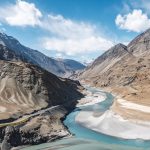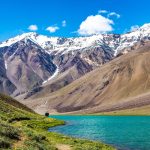The Great Indian Debate: Which Region to Explore Next – North India or South India?
India is a land of many cultures, languages, and traditions. It is a country that boasts of being the oldest civilization in the world. The North and South regions of the Indian subcontinent are very different from each other, each with its own unique set of characteristics. Choosing between North India vs South India can be daunting, especially for a first-time traveller. This post will examine both regions and help you make an informed decision. You can also look for customized Leh Ladakh packages to experience nature’s beauty.
Introduction
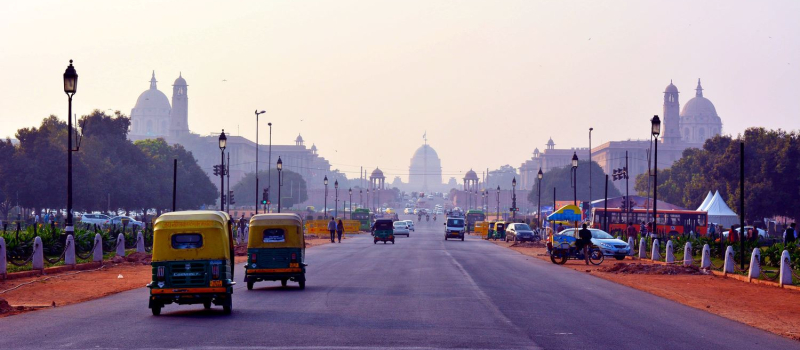
Briefly introduce the topic of choosing between North India vs South India.
North India: An Overview
- Geographical location;
- Climate and weather;
- Food and cuisine;
- Culture and traditions;
- Popular tourist destinations.
South India: An Overview
- Geographical location;
- Climate and weather;
- Food and cuisine;
- Culture and traditions;
- Popular tourist destinations.
North India vs South India: The Differences
- Language and communication;
- Food and cuisine;
- Culture and traditions;
- Climate and weather;
- Tourist attractions.
Language and Communication
- North Indian languages;
- South Indian languages;
- The importance of language when travelling.
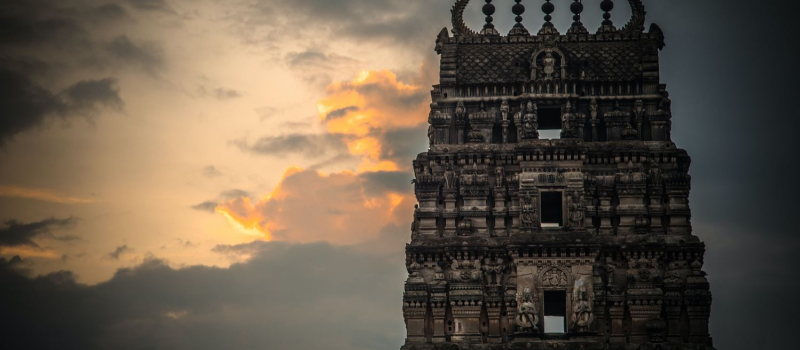
Food and Cuisine
- North Indian food;
- South Indian food;
- The difference in taste and preparation methods;
- Vegetarian vs Non-Vegetarian food.
Culture and Traditions
- North Indian culture and traditions;
- South Indian culture and traditions;
- Festivals and celebrations.
Climate and Weather
- North Indian climate and weather;
- South Indian climate and weather;
- Best time to visit North India;
- Best time to visit South India.
Tourist Attractions
- North Indian tourist attractions;
- South Indian tourist attractions;
- Popular monuments and heritage sites;
- Natural attractions and wildlife.
Takeaway
- Sum up the main differences between North India vs South India
- Offer recommendations for Trip travellers based on their interests and preferences.
North India: An Overview
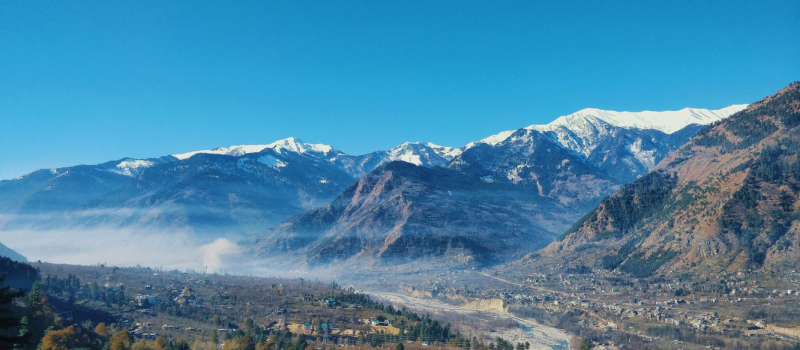
Geographical Location
North India is the northern part of India and includes the states of Jammu and Kashmir, Himachal Pradesh, Punjab, Haryana, Uttarakhand, Uttar Pradesh, Bihar, and Delhi. Pakistan borders it to the west, Nepal and Tibet to the North, and Bangladesh to the east.
Climate and Weather
North India experiences extreme temperatures, with hot summers and cold winters. The summer months, from March to June, can be scorching, with temperatures exceeding 40 degrees Celsius. The winter months, from November to February, can be freezing, with temperatures dropping below zero in some parts.
Food and Cuisine
North Indian cuisine is well known for its rich flavours and spices. Butter chicken, tandoori chicken, and biryani dishes characterize it. North Indian food is also known for using dairy products such as ghee and paneer.
Culture and Traditions
North India has a rich cultural heritage that dates back thousands of years. It is home to the ancient Indus Valley Civilization and has been ruled by various dynasties such as the Mauryas, Guptas, and Mughals. Hinduism, Islam, and Sikhism heavily influence North Indian culture.
Popular Tourist Destinations
Some famous tourist destinations in North India include the Taj Mahal in Agra, the Golden Temple in Amritsar, the Red Fort in Delhi, and the Shimla and Manali hill stations.
-
Delhi
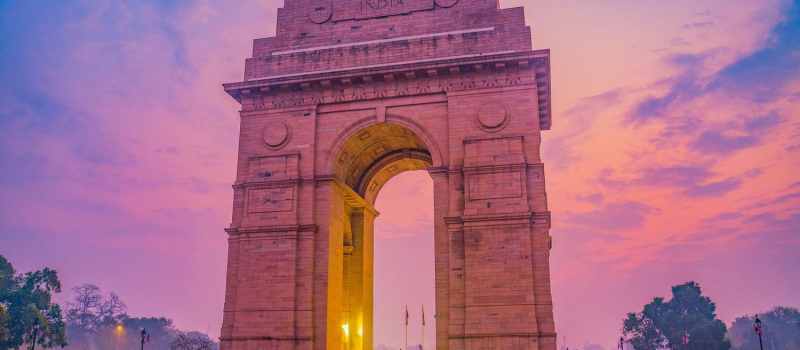
We all know that New Delhi, the metropolis of India, is a delight for tourists’ memorable trip. Many historical sites and landmarks with a prominent cultural and political past can be found in Delhi—a city that has witnessed the rise and fall of numerous dynasties. Additionally, many ancient sites in Delhi can be visited during a trip plan.
The city is home to many parks, art galleries, gardens, and places of religion. It also includes a fun area and an adventure terminus. The best city to explore in Northern India is consistently Delhi.
-
Ladakh
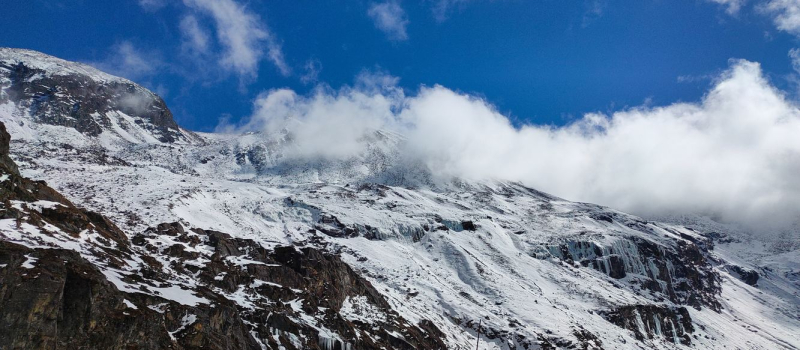
Ladakh is a recently established Union Territory in India, formerly part of Jammu & Kashmir. It has a landscape that will take your breath away. It is a location where the landscape radically shifts; it is truly amazing to see the mountains, snow, icy desert, alpine meadows, and lakes so close to one another. Both adventurers and those who enjoy the outdoors will find Ladakh an absolute delight.
The numerous centuries-old Buddhist monasteries tucked away in the mountains add to the region’s extraordinary beauty. There are many Buddhist pilgrimage sites in the form of monasteries in Ladakh, which also serve as significant cultural hubs and host critical religious events.
However, before visiting this high altitude region, one must also take necessary precautions and measures as one can easily get struck with acute mountain sickness in Ladakh.
-
Himachal Pradesh
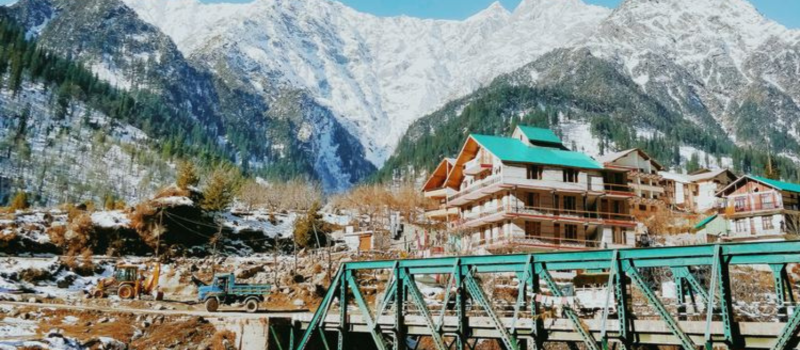
Himachal Pradesh, a stunning state in north India nestled in the lower Himalayan ranges, is known for its lush vegetation, breathtaking views of mighty mountains and valleys, rich culture, delectable cuisine, adventure sports, colonial history, and much more. The numerous cities in the state are a real treat for tourists and residents equally, offering a wealth of activities for adventurers, families, honeymooners, and solo travellers.
-
Rajasthan

Rajasthan, also known as the Jewel in India’s Crown, is a prominent travel location in that country. This state is home to numerous historically significant forts and mansions built by Indian Maharajas.
Beautiful royal houses, in particular, are well-known in Udaipur. The renowned Lake Palace, which appears to flow on the water of Lake Pichola, is the main attraction. Overlooking Jodhpur’s Blue City is the Mehrangarh Fort. In the tiny city of Jaisalmer, a magnificent fort towers over the dunes of the Thar desert.
The most renowned wildlife sanctuary, Ranthambore National Park, is in Rajasthan, another famous state in India. Here, guests can see Bengal Tigers and other wild animals up close.
South India: An Overview
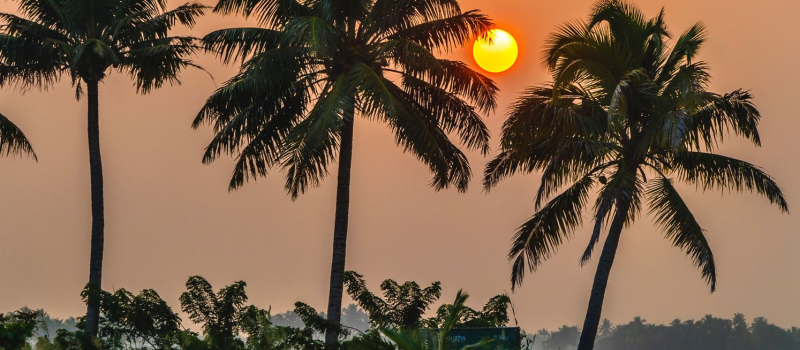
Geographical Location
South Indiais the southern part of India and includes the states of Andhra Pradesh, Telangana, Karnataka, Kerala, Tamil Nadu, and the union territories of Lakshadweep and Puducherry. The Indian Ocean borders it to the South and the Bay of Bengal.
Climate and Weather
South India experiences a tropical climate with high humidity levels. The monsoon season starts from June to September, and brings rainfall to the region and the winter months, from November to February, are more relaxed and drier.
Food and Cuisine
South Indian cuisine is known for its use of rice, lentils, and coconut. It is characterized by dishes such as dosa, idli, and sambar. South Indian food is also known for its spicy and tangy flavours.
Culture and Traditions
South India has a rich cultural heritage predominantly influenced by Dravidian culture. It is home to ancient temples and has been ruled by many dynasties, such as the Cholas, the Pandyas, and the Vijayanagara Empire. Hinduism heavily influences South Indian culture, and has a solid classical dance and music tradition. You can enjoy the mesmerizing culture and tradition on the Trip.
Popular Tourist Destinations
Some famous tourist destinations in South India include the backwaters of Kerala, the beaches of Goa, the temples of Tamil Nadu, and the hill stations of Ooty and Coorg.
- Munnar
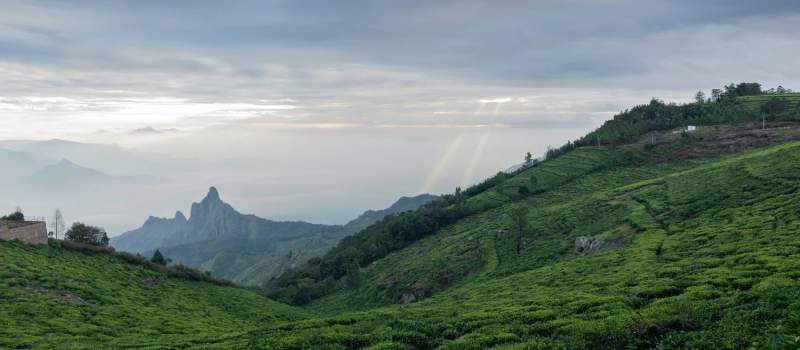
You have to go to Munnar in Kerala to discover heaven on Earth. Munnar, a well-known hill town and one of the uncharted regions of South India, is located in the Western Ghats of Kerala. The stories people have posted on social media after viewing this place have made it famous.
It offers a tranquil environment with its lush green forests and tea plantations. You might also get to see some unusual animals, such as the Neelakurinji and Nilgiri Tahr.
-
Mesmerising Sand and the Water
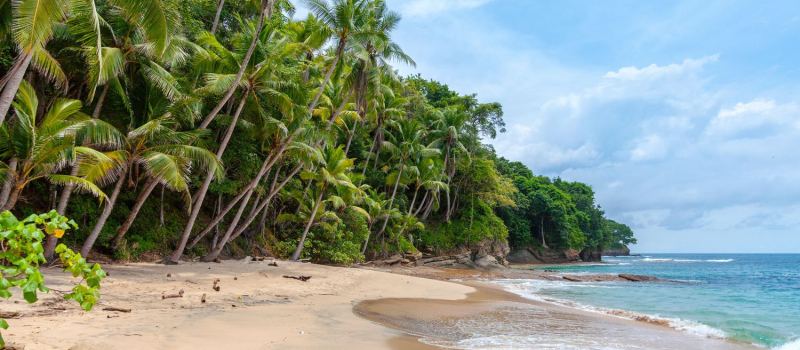
Allow your thoughts to wander as the Sun bathes your body in orange and crimson light. You express your happiness by grinning. Your feet are being gently washed by the Indian breeze as your hair fluffs over your cheekbones. On the beaches that dot the South Indian coastline, you will discover love, warmth, affection, and a sense of connection.
At Marari Beach and Gokaran Beach, you can get closer to the natural world. Sitting by the shore allows you to savour exotic coconut water, converse with the Sun, and approach yourself more. If you are up for more fun on the Goa beaches, take ragers on the sand with your pals or savour a hearty Goan fish curry with them.
-
Kerala
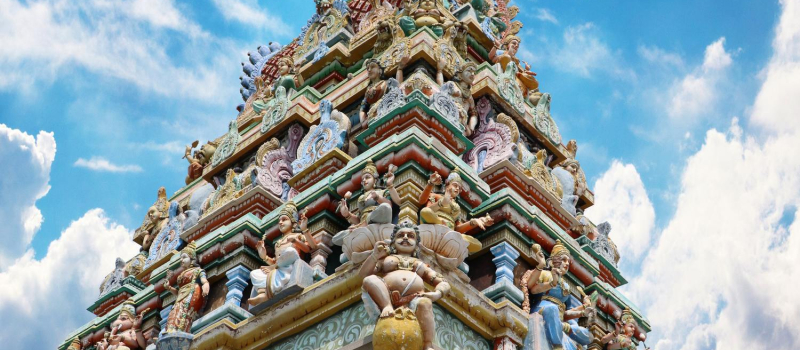
The landscape of Kerala’s interconnected backwaters is covered in coconut palms and rice fields. The backwaters of Kerala are a vast system of interconnected canals that join 38 rivers and five sizable freshwater lakes, spanning nearly 900 km. A sailboat is the most common vehicle used to tour the backwaters.
Nevertheless, on a budget, you could also ride a local ferry or study while paddling a canoe. One of the area’s most exciting features is the water lilies and flowers that grow on the backwaters’ waters. The magical backwaters of Kerala are worth the time and effort to explore.
North India vs South India: The Differences
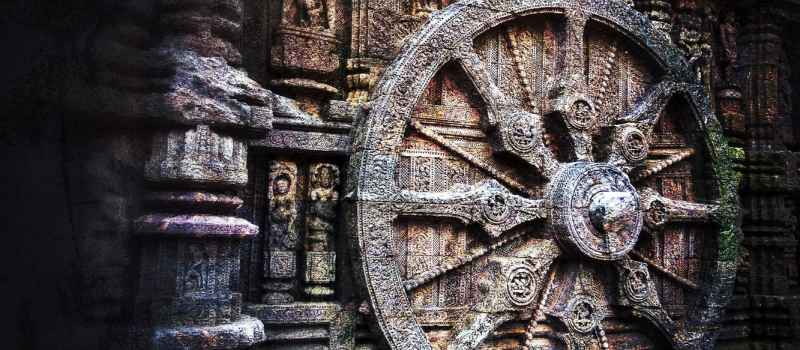
Language and Communication
North India is predominantly Hindi-speaking, with some regions also speaking Punjabi, Haryanvi, and other local languages. South India is predominantly Tamil, Telugu, Kannada, and Malayalam speaking. English is widely spoken in both regions.
Food and Cuisine
Rich gravies, tandoori dishes, and bread characterize North Indian cuisines. Rice-based dishes, lentil stews, and coconut-based curries characterize South Indian cuisines. North Indian food tends to be more meat-based, while South Indian food is predominantly vegetarian.
Culture and Traditions
Hinduism, Islam, and Sikhism heavily influence North Indian culture. Hinduism predominantly influences South Indian culture and has a solid classical dance and music tradition. North India is known for its Mughal architecture and heritage sites, while South India is known for its ancient temples.
Climate and Weather
North India experiences extreme temperatures with hot summers and cold winters. South India has a tropical climate with high humidity levels and heavy rainfall during the monsoon season. The great time to visit North India is during the winter months, while the best time to visit South India is during the cooler winter months.
Tourist Attractions
North India is home to some of the most iconic monuments in the world, such as the Taj Mahal and the Red Fort. South India is known for its ancient temples, backwaters, and beaches.
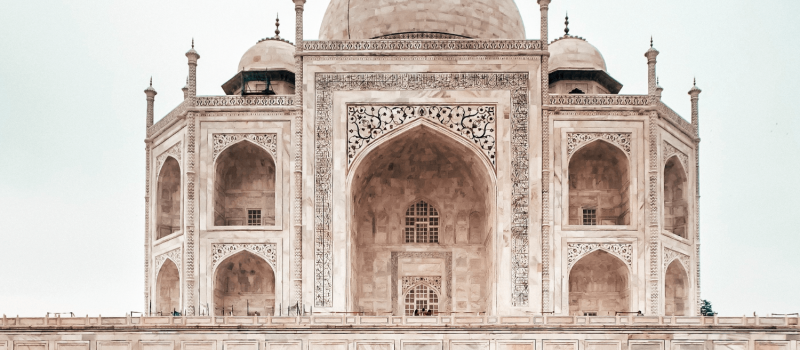
Language and Communication
Language plays an important role when travelling, especially when visiting a region where you must become more familiar with the local language. North India is predominantly Hindi-speaking, while South India is predominantly Tamil, Telugu, Kannada, and Malayalam speaking. However, English is widely spoken in both regions, making communication easier for travellers.
Food and Cuisine
North and South Indian cuisine is known for its unique flavors and spices. North Indian cuisine tends to be richer and heavier, with meat-based dishes such as butter chicken and kebabs. South Indian cuisine, on the other hand, is predominantly vegetarian, with dishes such as dosa and idli. If you are a vegetarian, you may find South Indian food more appealing. However, if you are a meat lover, you will enjoy the variety of dishes available in North India.
Culture and Traditions
North India is known for its Mughal architecture and heritage sites, such as the Taj Mahal and the Red Fort. South India is known for its ancient temples and classical dance forms, such as Bharatanatyam and Kathakali. Both regions have a rich cultural heritage, and it is worth exploring the local customs and traditions.
Climate and Weather
North India experiences extreme temperatures, with hot summers and cold winters. The great time to visit North India is during the winter months, from November to February when the weather is pleasant. South India, on the other hand, has a tropical climate with high humidity levels and rainfall during the monsoon season starts from June to September. The suitable time to visit South India is during the cooler winter months, from November to February.
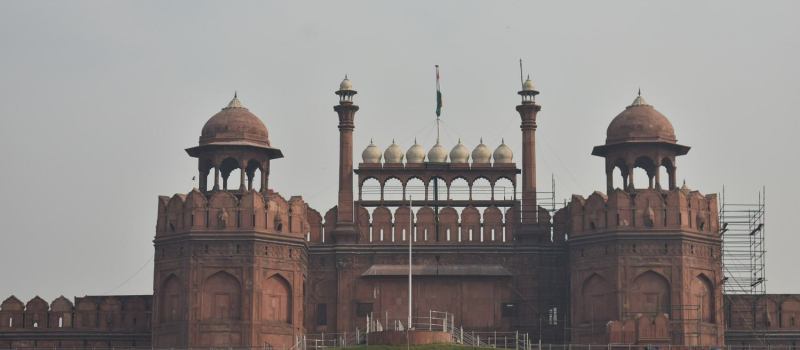
Tourist Attractions
Both North and South India offer a plethora of tourist attractions. North India is home to some of the most iconic monuments in the world, like the Taj Mahal and the Red Fort in Agra, the Qutub Minar in Delhi, and the Amer Fort in Jaipur. It also has a rich Mughal and Rajput architecture history, seen in cities such as Fatehpur Sikri, Udaipur, and Jaisalmer.
South India, on the other hand, is known for its ancient temples, backwaters, and beaches. The state of Kerala, in particular, is famous for its serene backwaters and houseboats, providing travellers with a unique experience. The beaches of Goa, with their vibrant nightlife and watersports, are also significant tourist attractions. Tamil Nadu is home to the ancient temple complexes of Mahabalipuram and Madurai, which are worth visiting for their intricate carvings and architecture.
Choosing between North India and South India ultimately depends on your preferences and interests for a memorable trip. If you are interested in history and architecture, North India may be your ideal destination. If you are looking for a relaxed, beautiful and laid-back experience, South India may be a perfect choice.
Conclusion
India is a diverse country, with each region offering its unique culture, cuisine, and attractions blend. Choosing between North India and South India can take time, as both regions have much to offer. North India is known for its rich history, Mughal architecture, and iconic monuments, while South India is known for its ancient temples, backwaters, and beaches.
Ultimately, your choice will depend on your personal preferences and interests. Both regions have their charm and beauty, and it is worth exploring Trip both to get a complete picture of India’s diversity and richness. So whether you visit North India or South India, savour the local cuisines, immerse yourself in the local culture, and soak in the breathtaking beauty of this incredible country.
Frequently Asked Questions (FAQs) about choosing the best between North India vs. South India
1. Is North or South India better for travel?
Great beaches, amazing animals, and tranquil backwaters can all be found in South India. Your first impression of South India will be its temperature, which is more tropical than North India due to its warmth and humidity. Great beaches, amazing animals, and tranquil backwaters can all be found in the Southern part of the country.
2. How is North India different from South India?
In contrast to South India, encircled by the Indian Ocean and the Arabian Sea, North India is an isolated nation. The monsoon season runs from June until mid-September, with mild, dry winters and hot, humid summers in the North. The Himalayas have a significant impact on the weather in North India, which is not unexpected.
3. How is South Indian culture different from North Indian culture?
South Indian languages are agglutinative, whereas the languages of North India are inflectional. Compared to food offered in North India, South Indian food is much hotter and spicier.
4. Which is more developed, South India or North India?
South India is, in fact, generally speaking, more industrialised than North India. The social structure is more robust in South India. Common goals, reciprocal kindness, and a greater propensity for “growing the whole together” result from cohesion.
5. Which is the safest state in India to travel to?
Mumbai, Coimbatore, Kolkata, Hyderabad, and Bengaluru are a few of the locations in North India vs South India listed in the most recent NCRB report. However, the best locations in India for female travellers include Shillong, Puducherry, Sikkim, Kasol, Kochi, Ladakh, and Coorg.




